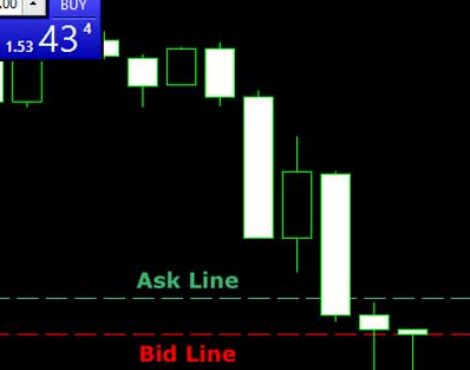The world of finance can be a complex and intimidating place, especially when it comes to the jargon used in Forex and Crypto trading. For those new to these markets, understanding the terminology is essential for making informed decisions and navigating the markets effectively. In this article, we will decode some of the most common jargon used in Forex and Crypto trading, helping you to understand the basics and become more confident in your trading.
What is Forex and Crypto?

Forex, or foreign exchange, is the market where currencies are traded. It is the largest and most liquid market in the world, with a daily trading volume of over $6 trillion. Crypto, or cryptocurrency, is a digital or virtual currency that uses cryptography for security and operates independently of a central bank. Both Forex and Crypto trading involve buying and selling currencies, but while Forex focuses on traditional currencies, Crypto focuses on digital ones.
Understanding the Basics

Before diving into the jargon, it is important to understand the basics of Forex and Crypto trading. Both markets operate 24/7 and offer high liquidity and volatility, making them attractive to traders looking for quick profits. However, they also come with a high level of risk, so it’s crucial to have a solid understanding of the markets and a well-thought-out trading strategy.
Decoding Common Jargon

- Pip: A pip is the smallest price movement in Forex trading, typically representing 0.0001 of a currency’s value.
- Spread: The spread is the difference between the bid and ask price of a currency pair.
- Leverage: Leverage allows traders to control larger positions with a smaller amount of money, amplifying both potential profits and losses.
- Bull/Bear Market: A bull market is when prices are rising, while a bear market is when prices are falling.
- ICO: Initial Coin Offering, a fundraising method for new cryptocurrency projects.
- FOMO: Fear of Missing Out, a common emotion experienced by traders during a rapidly rising market.
Key Terms in Forex Trading

- Lot Size: The amount of currency you’re trading in a single transaction.
- Margin: The amount of money required to open a leveraged position.
- Swap: The interest paid or earned for holding a position overnight.
- Drawdown: The peak-to-trough decline in account value.
- Slippage: The difference between the expected price and the actual price of a trade.
- Order Types: Different ways to enter or exit a trade, such as market orders, limit orders, and stop orders.
Essential Crypto Vocabulary

- Blockchain: The technology that underpins most cryptocurrencies, a decentralized ledger that records all transactions.
- Wallet: A digital tool that allows you to store, send, and receive cryptocurrencies.
- Mining: The process of validating cryptocurrency transactions and adding them to the blockchain.
- Altcoin: Any cryptocurrency other than Bitcoin.
- Fork: A change to the protocol of a blockchain that results in two separate versions.
- Token: A unit of value that represents a specific asset or utility.
Navigating the Markets

To successfully navigate the Forex and Crypto markets, it is important to stay up-to-date with the latest news and trends. Keep an eye on economic indicators, geopolitical events, and technological advancements that may impact the markets. Use the jargon decoded in this article to understand the conversations happening around you and make informed trading decisions.
Comparison Table: Forex vs. Crypto Trading
| Feature | Forex Trading | Crypto Trading |
|---|---|---|
| Market Hours | 24/5 | 24/7 |
| Market Size | Over $6 trillion daily trading volume | Over $1 trillion market cap |
| Currencies Traded | Traditional currencies | Digital cryptocurrencies |
| Regulation | Highly regulated | Less regulated |
| Leverage | Available | Available |
| Volatility | High | Extremely high |
Conclusion
Understanding the jargon used in Forex and Crypto trading is an essential step to becoming a successful trader. By familiarizing yourself with the terms and concepts discussed in this article, you can build a strong foundation for navigating the markets and making informed trading decisions. Remember to stay informed, have a solid strategy, and always be aware of the risks involved in trading.



